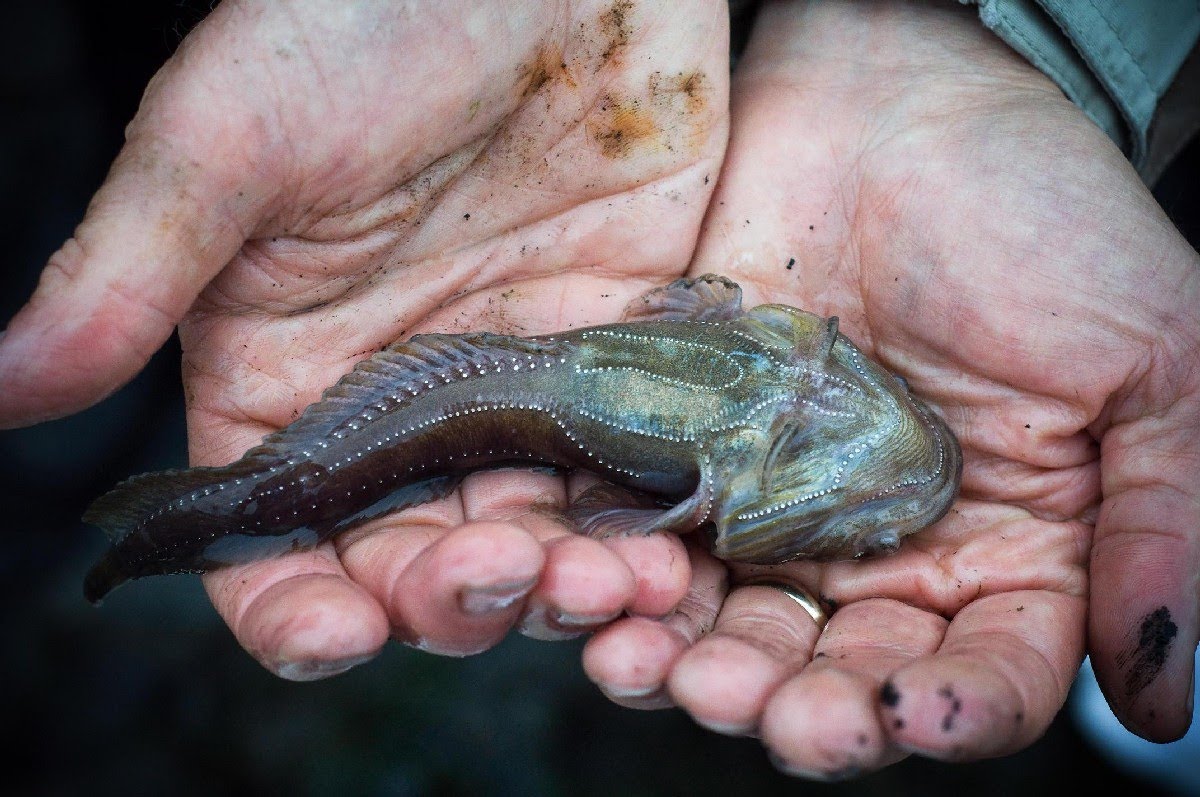
Porichthys notatus
FAMILY
Batrachoididae
TAXONOMY
Porichthys notatus Girard, 1854, San Francisco, California,
United States.
OTHER COMMON NAMES
English: Singing fish, canary bird fish.
PHYSICAL CHARACTERISTICS
The maximum size is 15 in (380 mm) standard length. There
are two spines in the first dorsal fin, and the second dorsal and
anal fins are long. There are rows of photophores on the head
and body, and those on the underside of the head are V-shaped.
DISTRIBUTION
Southeast Alaska to Baja, California, Mexico.
HABITAT
Usually buried in soft bottom, mud, or sand, but can be found
in rocky intertidal areas during breeding season.
BEHAVIOR
Like other
FAMILY
members it produces sound, making grunts
and a hum that is a mating call. It has been demonstrated that
the photophores can be used as a countershading mechanism
to hide the midshipman from predators while it is foraging in
the water column at night.
FEEDING ECOLOGY AND DIET
A nocturnal species that is partially buried during the day but
at night rises into the water column to feed on planktonic organisms.
It has been suggested that its photophores help illuminate
food items. It also can function as an ambush predator,
taking crustaceans and fishes while buried.
REPRODUCTIVE BIOLOGY
Males establish nests under objects and attract females by humming.
Two kinds of males are present, larger nest-holding ones
and smaller sneaker males that dart into nests attempting to
fertilize eggs of a nesting pair. There have been reports that
the photophores also are involved in mating
BEHAVIOR
.
CONSERVATION STATUS
Not threatened.
SIGNIFICANCE TO HUMANS
The humming of breeding males bothers persons living in
houseboats. It is used as a laboratory animal and is an important
food item for seals and sea lions.
Other popular Animals
Photo Gallery of - Plainfin midshipman

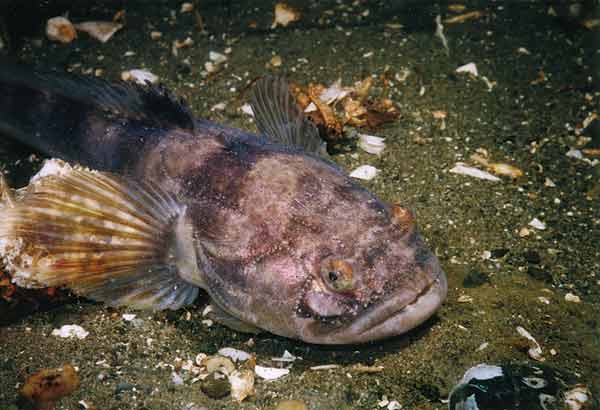
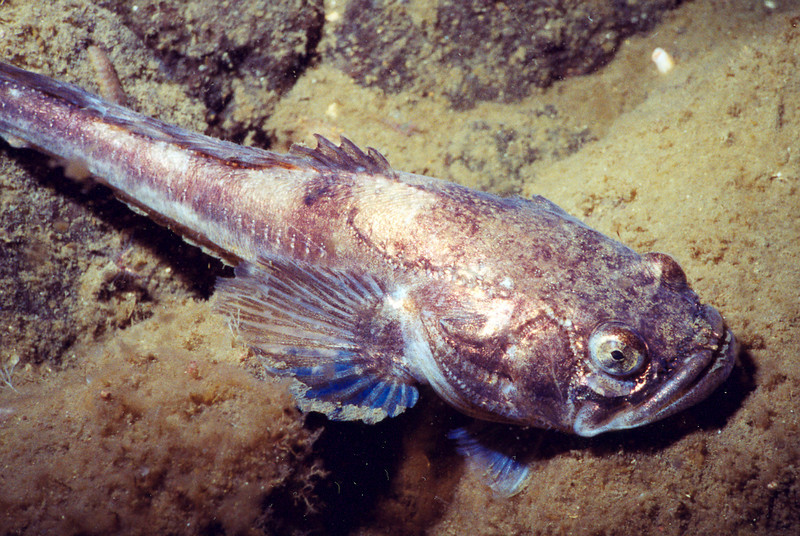
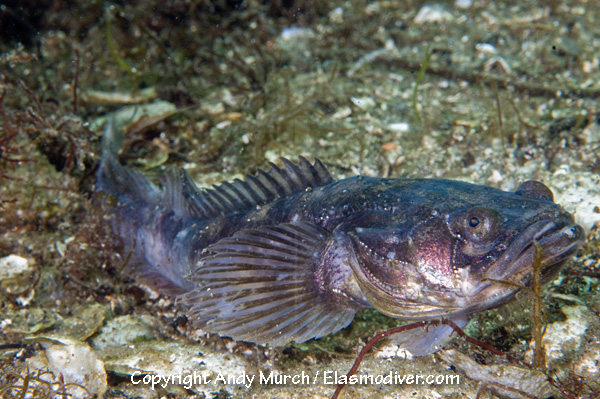
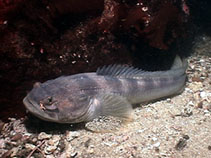
 Animalia Life
Animalia Life